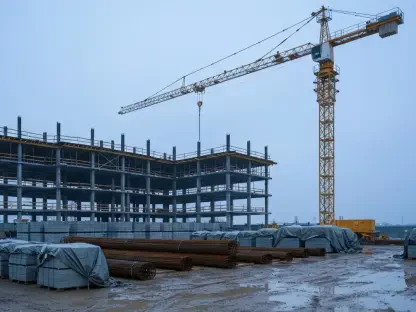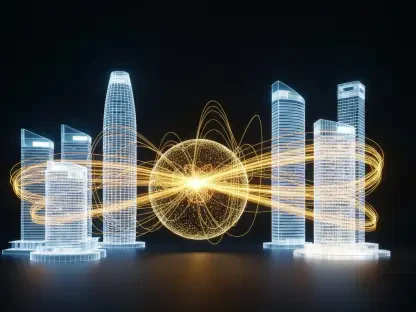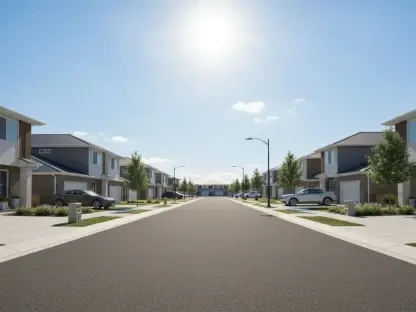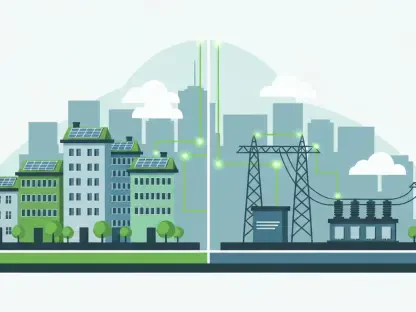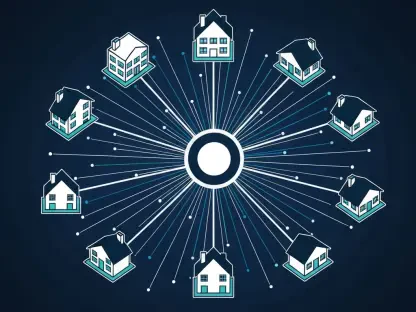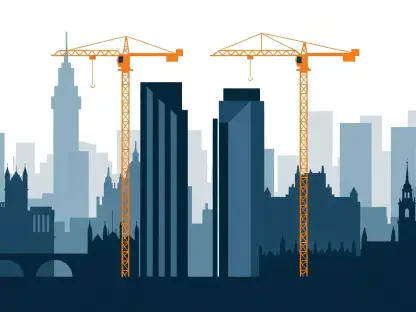I’m thrilled to sit down with Luca Calarailli, a renowned expert in construction with a deep background in design and architecture. With a passion for integrating innovative technology into the built environment, Luca has spent years shaping spaces that not only function but also inspire. Today, we’re diving into the concept of designing hospitals as true 24/7 facilities—spaces that never sleep and are built to support patients, staff, and visitors at any hour. Our conversation explores how a shift in design mindset can transform healthcare environments, the critical role of staff wellness, and the thoughtful details that make a hospital resilient and welcoming around the clock.
Can you explain what it means to design hospitals with a ‘7 a.m. to 7 a.m.’ mindset rather than the traditional ‘9 a.m. to 5 p.m.’ approach?
I think it’s about recognizing that hospitals don’t operate on a typical business schedule—they’re alive at every hour. A 7 a.m. to 7 a.m. mindset means designing for constant activity, anticipating the needs of night shifts, emergencies, and unexpected surges. It shifts the focus from daytime efficiency to round-the-clock functionality, ensuring that infrastructure, lighting, and layouts support care delivery and human well-being no matter the time.
How does this change in perspective influence the way hospitals are physically built or managed?
It fundamentally alters priorities. For instance, corridors and entry points need to be just as navigable at 3 a.m. as they are at noon, which might mean better lighting or intuitive signage. Management-wise, it calls for systems that keep resources like equipment or food accessible during off-hours. It’s also about building flexibility into the space—think modular rooms that can adapt to sudden needs or disasters without missing a beat.
What are some design flaws you often see in hospitals that fail to account for 24/7 operations?
One big issue is poor wayfinding for after-hours use. Many hospitals have dimly lit or confusing paths when main entrances close at night, which can delay care during emergencies. Another flaw is inadequate staff support spaces—night shift workers often lack access to proper rest areas or food options. These oversights create unnecessary stress and inefficiency in an environment that can’t afford either.
How does the built environment impact the quality of care during late-night or early-morning hours?
The design of a hospital can make or break care delivery at odd hours. Take a night shift nurse—long, poorly lit hallways can slow them down when every second counts. Or consider an emergency team: if critical equipment isn’t intuitively placed or accessible, it delays response times. A well-designed space anticipates these challenges, reducing friction and letting staff focus on patients rather than navigating obstacles.
Why is staff wellness such a critical focus when designing a 24/7 hospital environment?
Healthcare workers are under immense pressure, especially in a 24/7 setting where fatigue and burnout are real risks. Supporting their well-being directly impacts patient outcomes—rested, focused staff make fewer errors. Design can alleviate stress through small but powerful elements like quiet break rooms or access to nature, which help them recharge during grueling shifts and maintain the mental clarity needed for their jobs.
How can something as simple as better signage or layouts reduce stress for hospital staff?
Clear signage and logical layouts save time and mental energy. Imagine a nurse on a 12-hour shift trying to find a supply room at 2 a.m.—if the path isn’t obvious, it’s frustrating and pulls focus from patient care. Intuitive design lets staff move efficiently, cutting down on decision fatigue and creating a sense of control in a high-stakes environment.
For staff working overnight, how much of a difference do amenities like nutritious food and sleep rooms make?
They’re game-changers. Access to good food between 8 p.m. and 6 a.m. keeps energy levels up—without it, staff are running on empty. Sleep rooms, when done right, offer a safe haven to rest during long shifts or emergencies. These provisions show respect for their sacrifices and physically enable them to perform at their best, which ultimately benefits patients.
What are some practical ways hospitals can ensure food is available during those off-hours?
Automated vending systems with healthy options are a start—they’re low-maintenance and can be stocked with nutritious meals or snacks. Another approach is partnering with local vendors for late-night deliveries or setting up small, self-service cafeterias with pre-packaged food. The key is reliability; staff need to know they can count on getting fuel when they need it most.
You’ve also highlighted amenities like 24/7 fitness centers for staff. How do these spaces reflect respect for healthcare workers’ sacrifices?
Offering a fitness center or recreation area acknowledges the physical and emotional toll of their work. It says, ‘We see how much you give, and we’re investing in your health.’ These spaces provide an outlet for stress, help maintain physical stamina for demanding shifts, and foster a sense of community. It’s a tangible way to support their lifestyle, especially for those spending 80 hours a week in the hospital.
Looking ahead, what’s your forecast for the future of hospital design in supporting 24/7 care?
I see hospital design evolving to become even more adaptive and human-centered. We’ll likely integrate smarter technology—like AI-driven wayfinding or automated resource tracking—to streamline operations at all hours. I also expect a bigger emphasis on biophilic design, bringing nature indoors to support mental health for staff and patients alike. Ultimately, the future is about creating hospitals that feel less like cold institutions and more like living, breathing ecosystems that nurture everyone inside, day or night.


